
OR
Monetary Policy 2020/21 focuses on providing relief to pandemic-hit businesses
Published On: July 18, 2020 08:02 AM NPT By: RAJESH KHANAL
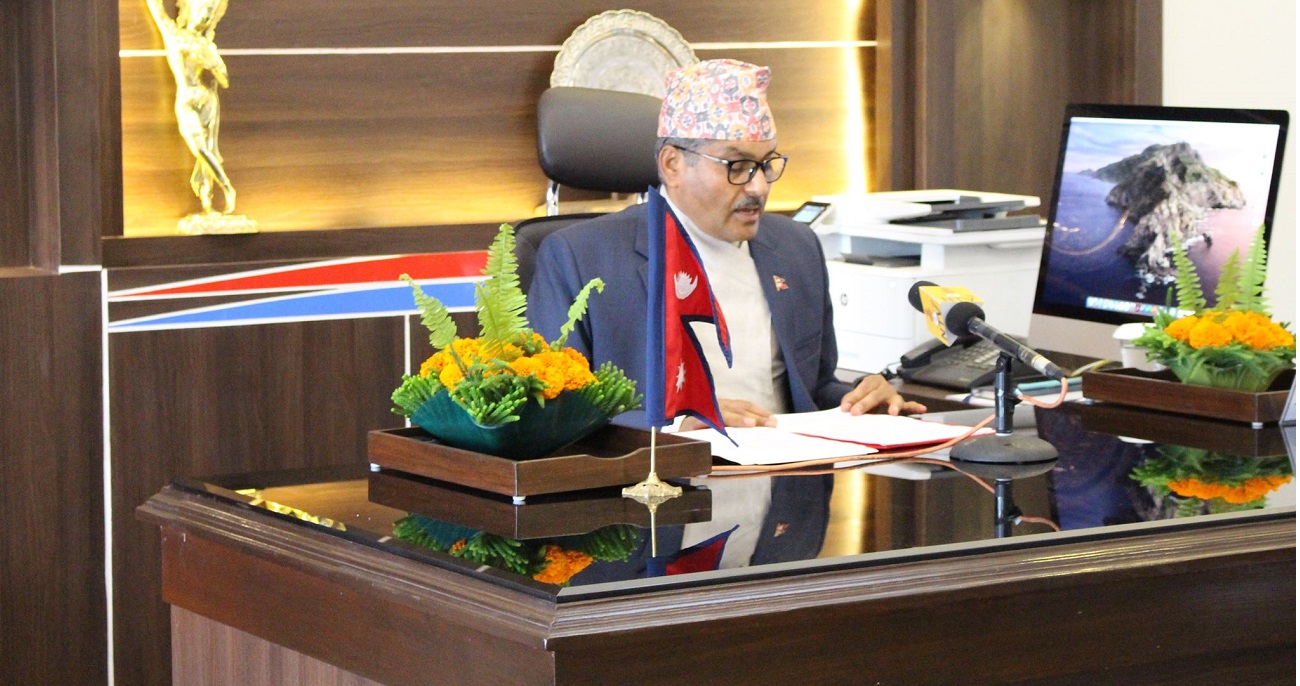
Energy and agriculture promotion and mergers between banks to get priority
KATHMANDU, July 18: Nepal Rastra Bank (NRB) on Friday unveiled the Monetary Policy for 2020/21, assuring the stakeholders concerned of directing needed relief to the COVID-19 affected sectors.
The private sector that was left largely unsatisfied by the provisions in the budget had pinned its hope on the monetary policy, expecting it to come up with a relief package. The monetary policy, the main policy document that will drive the financial provisions for the next one year has maintained its focus on refinance funds and the rescheduling of the loan repayment holiday for the borrowers who are badly impacted by the pandemic.
The monetary policy has also underscored channelizing resources to expand economic activities and job creation, liquidity management to avert inflationary pressure, external sector stability and priority to mergers and acquisitions of banks, among others. Unveiling the policy, NRB Governor Maha Prasad Adhikari said the document has endorsed the government's envisioned economic growth target of seven percent, apart from re-driving the economy devastated by COVID-19.
Through the policy, the central bank has announced moratoriums for the borrowers based on the severity of the pandemic impact. The moratorium period for the short-term loans and the borrowers less affected by COVID-19 has been extended till mid-January 2021. For those who sustain medium level impacts of the pandemic will be provided the moratorium period till mid-April 2021. Providing additional time for the severely-hit segment, the timeline has been extended till mid-July next year.
In an effort to give respite to the severely-hit business organizations by the pandemic, NRB has announced to provide subsidized loans at five percent interest rate for the targeted sectors. Refinance schemes have been offered to provide loans at up to three percent for export-oriented industries while the small and medium enterprises can get the service at five percent interest rate.
Aimed at increasing liquidity in the banking sector, the monetary policy has relaxed the core capital-cum-deposit (CCD) ratio to 85 percent from the existing 80 percent. The policy has reduced the repo rate by 0.5 percent point to three percent. The measures are expected to minimize the interest rate on bank credit.
Kamala Shrestha, chairperson of Women Entrepreneurs Development Committee at the Federation of Nepalese Chambers of Commerce and Industry (FNCCI) said the private sector has welcomed the relief measures put forth by the monetary policy. “At least, it has tried to address the need for refinance to give respite to the businesses affected by the ongoing pandemic,” said Shrestha.
Through the policy, the central bank has also allowed the banks investing in the energy sector to issue energy bonds. It is expected to support the country’s target to increase the electricity production capacity to 5,000 MW in the next five years, as envisioned by the 15th Periodic Plan. Additionally, the policy has aimed at increasing banks’ credit to at least 15 percent of their total lending amount by mid-July, 2023, to boost the country’s agricultural production.
The monetary policy also mentions keeping the inflation rate for the next fiscal year at seven percent and to maintain the foreign exchange reserve to finance the import of goods and services for at least seven months. Similarly, the broad money supply will be limited to 18 percent while private sector credit growth will be maintained at 20 percent.
You May Like This

Monetary policy to be unveiled next week: NRB Governor Adhikari
KATHMANDU, July 20: Nepal Rastra Bank (NRB) Governor Maha Prasad Adhikari has said that the Monetary Policy for Fiscal Year,... Read More...
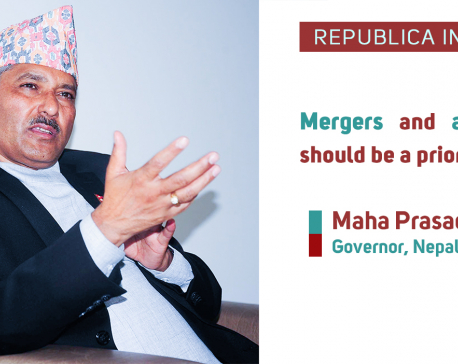
Loan repayment period will be extended, Monetary Policy will meet the private sector’s expectation (WITH VIDEO)
In an interview with Republica’s Sagar Ghimire on Monday, Governor Adhikari discussed the focus of the upcoming monetary policy, plans... Read More...
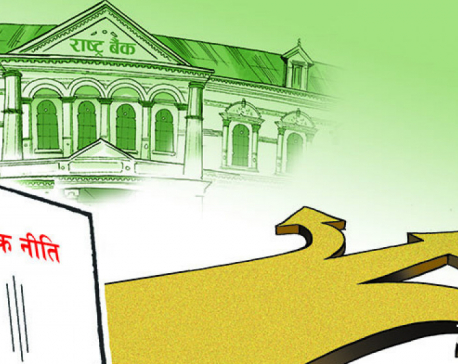
NRB reduces risk weight of real estate loans, maintains risk weight for share mortgage loans
KATHMANDU, Dec 9: Nepal Rastra Bank (NRB) has, through the first-quarter review of the monetary policy for the current fiscal... Read More...



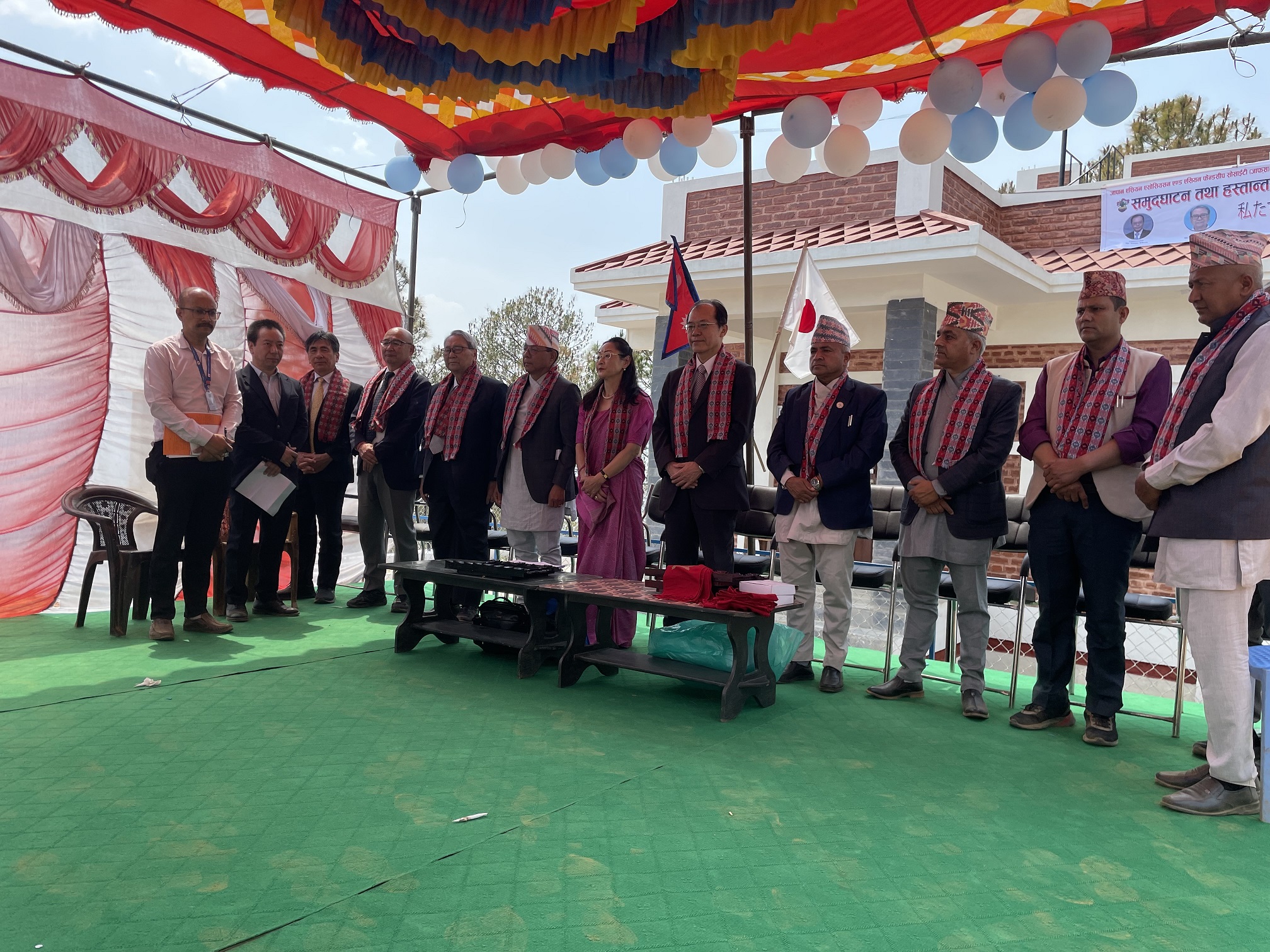
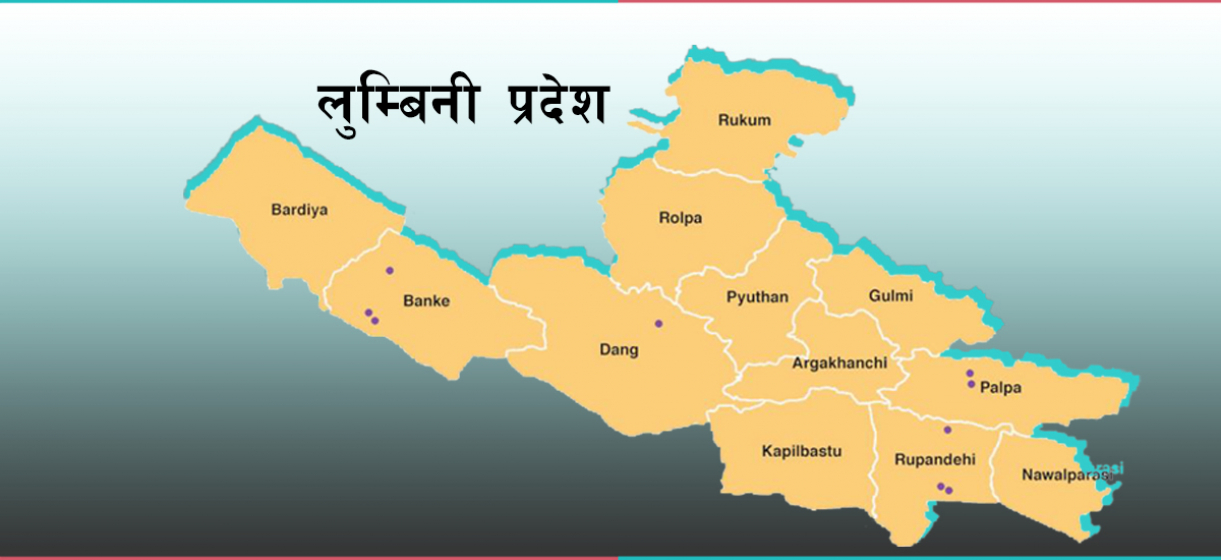



Just In
- Japan hands over Community Center for Disaster Prevention to Indrawati Rural Municipality
- Lumbini: Seven ministers gain portfolios
- NC lawmaker Gurung’s suspension lifted
- Homicide accused arrested after 17 years
- Karnali: Maoist Center’s Pariyar appointed as minister without portfolio
- Illam by-election: Nepal-India border to be 'sealed' from midnight today
- Gold price rises by Rs 500 per tola
- Emir of Qatar returns home after wrapping up state visit to Nepal



_20240423174443.jpg)




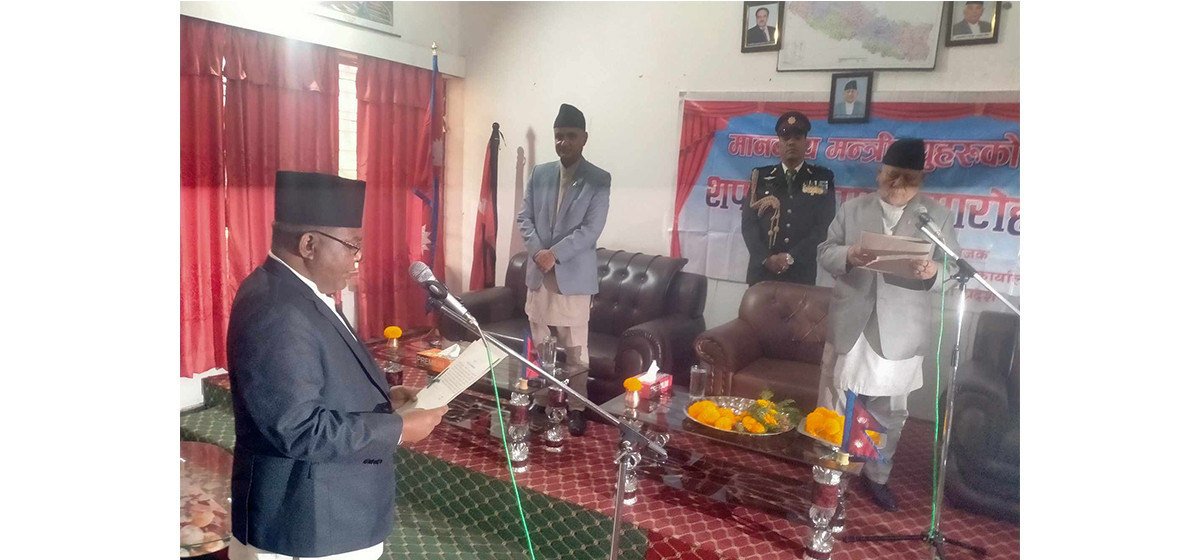

Leave A Comment